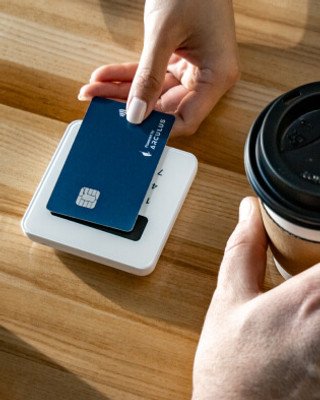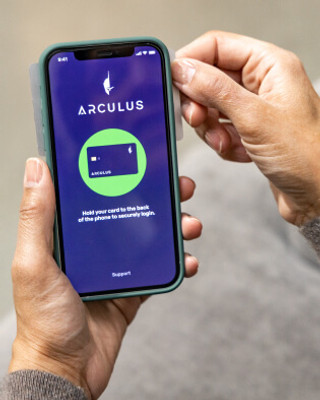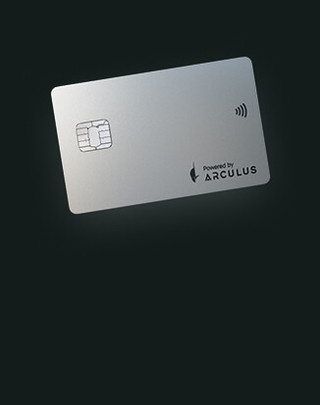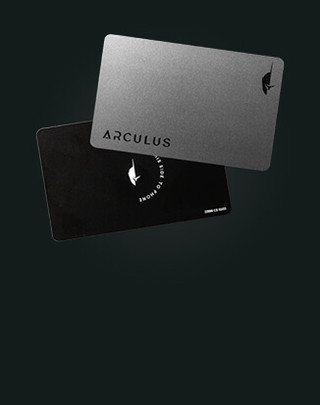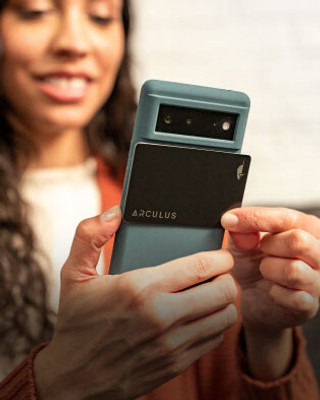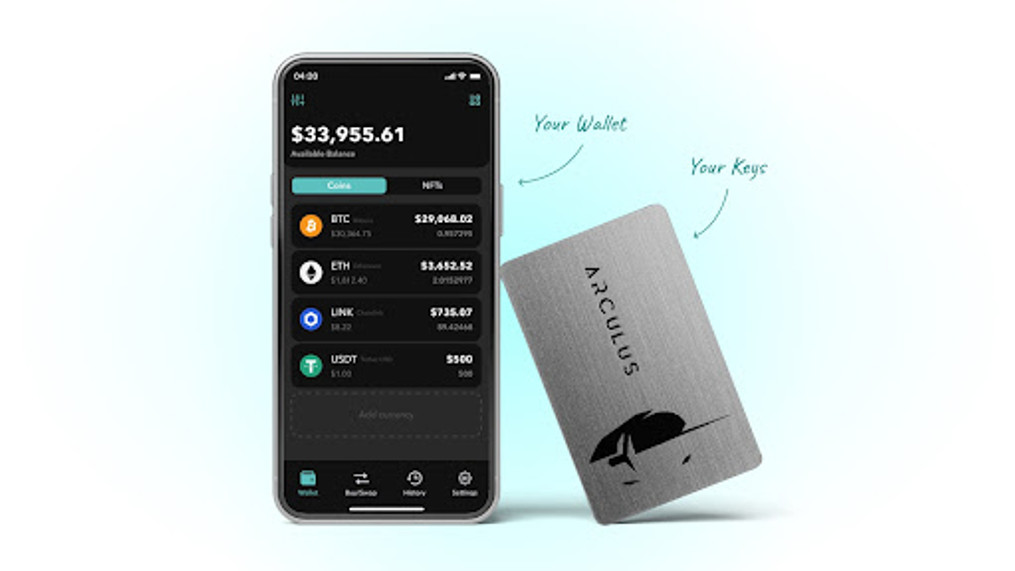Web3 ID: How Decentralized Digital Identity Will Ensure Greater Security and Self-Custody of Your Data
Among the groundbreaking innovations that blockchains and Web3 technologies make possible, some of the greatest advances may arrive in the realm of digital identity. Centered around crypto wallets, Web3 identity protection technology has the potential to dramatically improve the ways we manage, customize, and use our personal data to unlock the next generation of connected experiences.
Today, the information that makes up our digital identities is fragmented across many accounts, profiles, records, and other data collections that are largely out of our sight and control. Tech companies collect and store vast amounts of information about us and our activities. And while we agreed to this in exchange for their services (after reading the terms and conditions, of course), some organizations have proven to not be entirely honest about the data they collect or are bad at protecting the sensitive information they’re entrusted with.
Self-Custody Your Data
There’s an emerging alternative to trusting companies with your sensitive private data: self-custody. Self-custody means using blockchain technologies and cold storage wallets to maintain ownership and control access to your data — just like with your other cryptocurrency or NFT assets.
Several new Web3 solutions and protocols offer opportunities to gain more control of your data and unlock customized experiences. These technologies are expanding the potential of digital wallets beyond merely self-custody of crypto assets and into the realm of decentralized digital identities.
A Wallet Walks into a Bar: Your Consolidated Web3 Digital Identity
Web3-powered digital identity has the potential to allow us to reveal only the minimum data needed for a transaction. A simple example of how this works is age verification.
Consider this scenario: You arrive at a bar and instead of showing the bouncer your driver’s license, which reveals your name, address, birth date, eye color, and organ donor status, you present a Web3 digital credential that verifies the only information the bouncer needs to let you enter: that you’re over 21.
As decentralized identity solutions mature, they will enable new possibilities for customizing access to your data, allowing you to:
- Self-custody your healthcare records and seamlessly share only the data a practitioner needs to provide care.
- Show a landlord your rental history and prove you’re a good tenant without revealing your complete credit, work, and legal history.
- Work with others who don’t know or care what your “real” name is, where you live, or other personal details.
Simplified Sign-Up: Wallet Logins
Today, it seems like nearly every account, app, and service requires you to register with your private information and create a login ID and password. Google, Facebook, Apple, and other tech giants do offer the ability to skip this step and log into some sites using your credentials from Goolge, Facebook, or Apple. But the trade off to this ease-of-use is that you also agree to let them track more data about you and your online behavior.
An increasing number of Web3 apps and websites are enabling users to sign on by connecting their wallets to their platforms. Not only does this allow you to skip tedious sign-up forms, but your personal information remains in your custody. These apps and services read decentralized blockchain data associated with your wallet address to get the information they need to conduct business with you.
Trust and Verify: Anonymous and Pseudonymous Identities
There are many legitimate, honest reasons why someone might want to be anonymous or pseudonymous (i.e., use a nickname to author work) in some parts of their lives. For instance, an academic might want to keep their Harry Potter fan fiction separate from their professional writing. Or a well-known person might like to contribute to a project without their fame affecting the group dynamics.
Web3 digital identities enable people to develop separate personas and reputations in different communities and contexts. Their unique personhood, achievements, and qualifications can be documented and verified by tokens recorded on a blockchain without “doxing” themselves, i.e., revealing other details about their online and real-world lives. The ability to establish trust and credibility while still maintaining anonymity opens many new possibilities for the future of work and collaboration.
Social Graphs: Own Your Social Media Profile
People build extensive reputations and status through the web of posts, follows, followers, likes, and other activities they weave over time on social media. But when you leave a platform — voluntarily or otherwise — the “social graph” of your history and connections stays with the platform. You can’t export this data and take your followers with you.
Web3 startups such as Lens Protocol enable social platforms built with composable and decentralized social graphs. Users own their data, content, and digital identity, which they can seamlessly bring with them into a growing ecosystem of Web3 apps and networks.
Two Visions: Soulbound Tokens and Verifiable Credentials
There are currently two leading technical approaches to the tokens needed for your Web3 digital identity. Vitalik Buterin, the creator of the Ethereum blockchain, proposed the idea of “soulbound” tokens (SBTs). Borrowing a term from online role-playing games in which certain powerful items can only be used by the character that first equips them, SBTs are non-transferrable NFTs used for demonstrating reputation.
SBTs are coded in a way that, once they’re received by a wallet, they can’t be sold or transferred to someone else. This feature makes it possible for different entities to issue on-chain proof of something — achievements, access rights, participation, etc.— that is specifically connected to the owner of that wallet address. A university, for example, could grant graduates NFTs that confirm the completion of a degree, creating a credential that’s impossible to fake, sell, or transfer to someone else.
The other leading approach, pioneered by Disco, uses verifiable credentials and digital identifiers to enable users to create personal “data backpacks” they can use to customize the credentials and information they want to bring to different parts of their connected lives. You can watch Buterin and Disco’s co-founder, Evin McMullen, debate the pros and cons of each approach here.
As the pace of Web3 innovation accelerates, expect the possibilities for decentralized digital identity and self-custody of personal data to continue to expand.
Today, your crypto wallet plays a central role in helping you manage and secure your digital assets, accounts, and keys. Discover how Arculus™ streamlines self-custody and helps keep your cryptocurrency, NFTs, and other digital assets safe with the robust security of 3-factor authentication.
